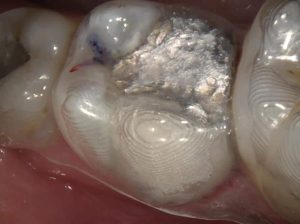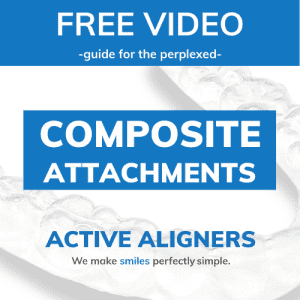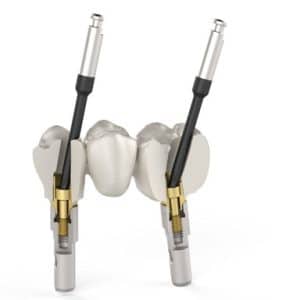How a Consistently Low Refinement Rate Enhances Outcomes with Active Aligners
When evaluating clear aligner systems, refinement rates serve as a crucial metric that impacts both clinical efficiency and patient satisfaction. With Active Aligners achieving a consistently low refinement rate of approximately 23%—measured as a 12-month rolling average—dentists and patients experience significant benefits, both economically and otherwise. This rate is notably lower than the industry average, which research suggests is around two refinements per case. Here’s why this consistency matters and how it enhances the orthodontic experience for all stakeholders.
1. Comparative Refinement Rates in Clear Aligner Therapy
Several studies have documented higher average refinement rates in clear aligner therapy (CAT):
-
Meade et al. (2023): A retrospective cohort study involving 324 patients found that 99.4% required additional aligners, with a median of two refinement plans per patient. (Read the study)
-
Meade et al. (2024): A survey of Canadian orthodontists revealed that 97.1% of CAT cases required one or more refinements, with an average of 2.2 refinements per patient. (Read the study)
-
Al-Nadawi et al. (2022): This study found that treatment duration increased with the number of refinements, and additional refinements beyond three did not necessarily lead to better occlusal outcomes. (Read the study)
These findings indicate that the average number of refinements per case typically ranges around two or more, depending on complexity. Active Aligners' 23% refinement rate is significantly lower, highlighting its efficiency and precision.
2. Improved Predictability and Treatment Efficiency
A lower refinement rate signifies that the original treatment plan is executed with high accuracy, reducing the need for mid-course corrections. This means:
-
More predictable outcomes: Dentists can trust the precision of the aligner system, leading to more successful treatments.
-
Fewer interruptions: Patients experience minimal delays and stay on track with their projected timelines.
-
Optimized chair time: Clinicians can treat more patients efficiently, enhancing overall practice productivity.
3. Economic Advantages for Dentists
Excessive refinements can increase costs and inefficiencies. A stable 23% refinement rate translates into tangible financial benefits:
-
Lower overhead costs: Reduced additional aligner sets mean fewer lab fees and shipping expenses.
-
Higher profitability: Dentists can allocate resources more effectively, increasing patient throughput and revenue.
-
Less staff time required: Fewer refinements mean less administrative work, from submitting new scans to managing patient expectations.
-
Cost-effective pricing: Active Aligners offers a relatively low per-case cost compared to other aligner systems that have a higher upfront case fee. Many aligner providers structure their pricing to accommodate frequent refinements, meaning dentists are effectively paying more from the outset in anticipation of multiple mid-course adjustments. In contrast, Active Aligners' approach helps dentists manage costs more efficiently, ensuring a fairer, more predictable financial model.

4. Enhanced Patient Satisfaction
Patients undergoing aligner treatment value efficiency and transparency. A low refinement rate contributes to:
-
Faster treatment completion: With fewer adjustments required, patients reach their smile goals on time.
-
Lower costs: Additional refinement scans and aligner sets often come with added fees—minimizing these keeps treatment affordable.
-
Greater confidence in treatment: Patients trust the process more when they see progress as planned.
5. Reduced Chair Time and Clinical Burden
Every additional refinement requires patient visits, new scans, and follow-ups. Keeping refinements minimal means:
-
More time for other procedures: Dentists can focus on a broader range of treatments rather than repeated aligner adjustments.
-
Less frustration: Patients and dentists experience fewer delays and disruptions.
-
Streamlined practice management: A predictable refinement rate helps with better scheduling and resource allocation.
6. Higher Case Acceptance Rates
A reliable and efficient aligner system improves patient confidence and case acceptance rates. Prospective patients are more likely to opt for treatment when they see:
-
Clear, consistent treatment expectations.
-
A reduced likelihood of extended treatment times.
-
Fewer hidden costs associated with refinements.









